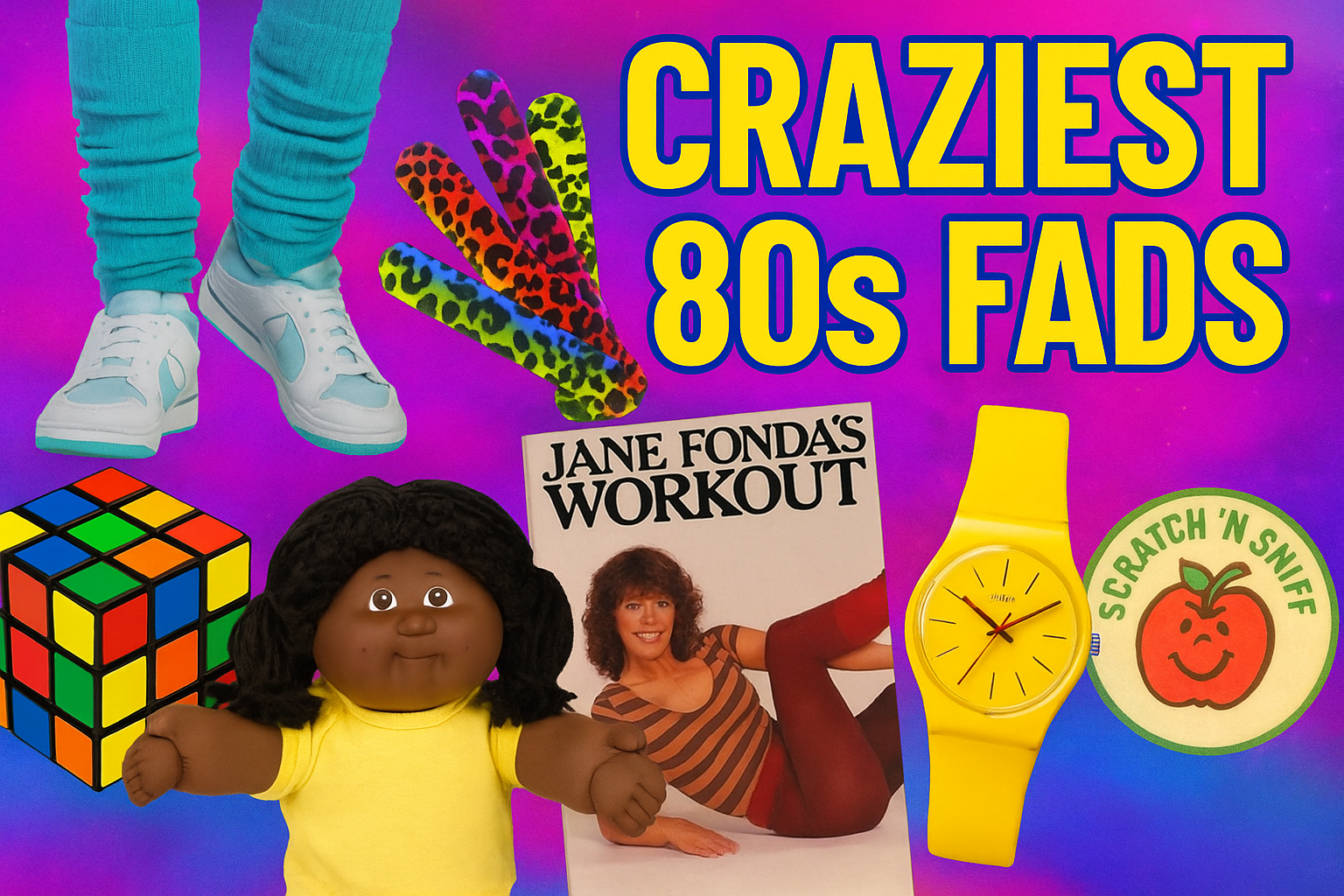Before TikTok told you what was trending and Amazon had it shipped to your door in two hours, Gen X had to chase down fads with determination, allowance money, and a ride from Mom. These weren’t just trends—they were identity badges. Whether you rocked a Swatch watch or dared to slap on Hypercolor, these fads were a loud, proud, ridiculous part of our DNA. Let’s rewind.
1. 🧦 Leg Warmers (1980–1985)
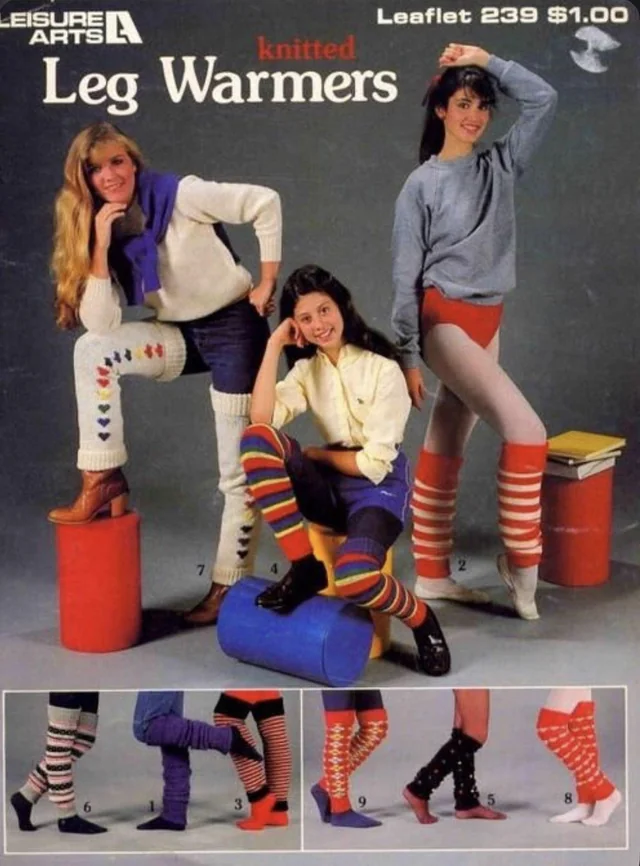
How It Started:
Leg warmers started in dance studios, worn by ballerinas to prevent injury by keeping their calves warm during stretching and choreography. But once Flashdance dropped in 1983, the whole world thought it needed to dress like it was prepping for a pirouette.
The Moment It Blew Up:
That Flashdance scene—Jennifer Beals in a sweatshirt with the neck cut off, rocking leg warmers—changed the game. By 1984, they were the ultimate accessory, especially when paired with a leotard, Keds, and a Walkman.
Why It Mattered:
You didn’t need to actually do aerobics to wear them. These stretchy tubes of acrylic fashion became a symbol of effortless cool. Whether scrunched down or pulled up to the knees, they were a statement: “I might work out—or I might just go roller skating.”
Why It Died:
By 1985, trends shifted. The punk-influenced look and a surge of baggy, acid-washed jeans pushed leg warmers into joke territory. They’d pop up now and again for 80s parties or irony—but the mainstream heat was over.
2. 🎲 Rubik’s Cube (1980–1983 original craze)

How It Started:
Invented in 1974 by Hungarian professor Ernő Rubik to explain 3D geometry to his students. But once it landed in toy stores in 1980, it became the Mount Everest of Gen X brainteasers.
Cultural Boom:
You saw it on The Tonight Show. You saw it in every 80s sitcom living room. Kids competed in solving it blindfolded. It even had its own Saturday morning cartoon (Rubik, the Amazing Cube, 1983), where the cube had a face and magical powers. Seriously.
The Obsession:
More than 100 million units sold in just three years. There were contests, books, cheat sheets, and even world records. If you could solve it fast? Instant playground legend.
Why It Faded:
Oversaturation hit hard. By 1983, knockoffs flooded the market, and the puzzle’s steep learning curve made people rage-quit. But like a true Gen X relic, it made a huge comeback decades later with the rise of speedcubing and nostalgic toy collecting.
3. ⚡ Slap Bracelets (1988–1990)
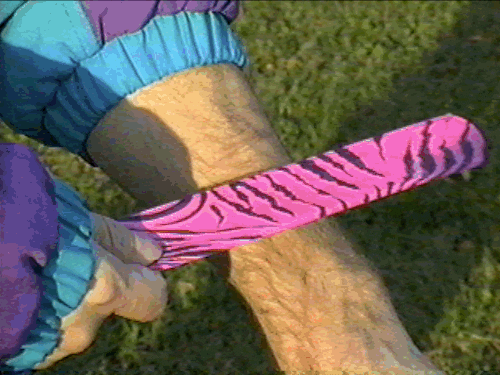
How It Started:
Dreamt up by Wisconsin shop teacher Stuart Anders in 1983, but it wasn’t until 1988 that they slapped their way into fashion history, thanks to a licensing deal with Main Street Toy Company.
Peak Playground Power:
Kids wore them in layers—stacked up the arm in every neon and animal print imaginable. They were fidget toys before fidget toys were a thing.
How They Worked:
Inside the soft, colorful fabric was a flexible metal strip that snapped around your wrist when you smacked it. Addictively satisfying. Also kind of dangerous.
Why They Faded:
Cheap knockoffs used brittle metal that broke through the fabric, cutting wrists and sparking school-wide bans. Parents called them dangerous. Principals called them distracting. By 1991, they were gone—leaving behind a generation with fond, slightly scarred memories.
4. 🐻 Cabbage Patch Kids (1983–1986)
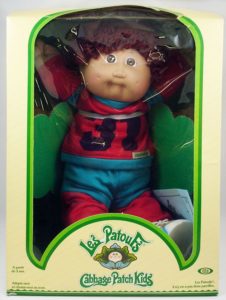
How It Started:
Xavier Roberts began making soft-sculpted “Little People” dolls in 1978, but it wasn’t until Coleco mass-produced them in 1983 that America went feral.
The Cabbage Patch Riots:
Stores were overrun during the 1983 holiday season. Parents fought. Shelves were ransacked. One Tennessee store was so overwhelmed that they used a lottery system for doll distribution.
Why They Ruled:
Each doll came with a name, adoption papers, and a backstory. It made kids feel like they were adopting a real baby—not just buying a toy. There were also cereal boxes, trading cards, animated specials, and Babyland General Hospital in Georgia where you could “birth” your doll.
Why They Faded:
By 1986, the market was oversaturated. Knockoffs were everywhere. Kids moved on to interactive toys like Teddy Ruxpin and, soon after, the NES.
5. 📼 Aerobics & Workout Videos (1982–1987)
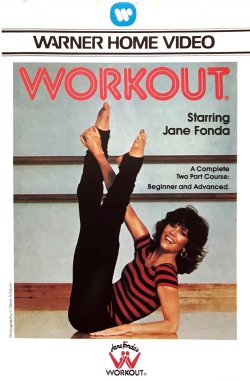
How It Started:
Jane Fonda’s 1982 VHS workout tape wasn’t just a fitness tool—it was a cultural earthquake. Combined with the rise of the VCR, it let people work out at home in brightly colored spandex without stepping into a gym.
Home Fitness Revolution:
Richard Simmons followed suit with his Sweatin’ to the Oldies, and suddenly your mom had a reason to wear a leotard while dancing in front of the TV. It was part workout, part fashion show.
The Aesthetic:
Vibrant spandex, leg warmers, sweatbands, and perms. Fitness was performance, and VHS tapes sold in the millions.
Why It Faded:
By the late 80s, at-home workouts were old news. Tae Bo, step aerobics, and gym memberships took over. Plus, VHS tapes wore out—and watching your mom stretch in neon pink got awkward fast.
6. 🌈 Hypercolor Shirts (1989–1991)
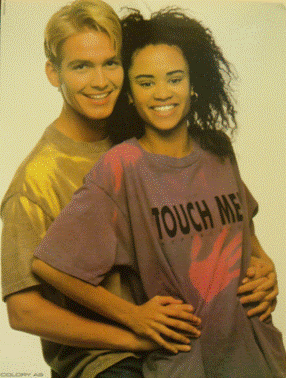
How It Started:
Created by Generra Sportswear, these shirts changed color based on body heat using thermochromic dyes. They turned warm areas of the shirt into different hues—basically mood rings for your torso.
Why They Were a Big Deal:
You didn’t just wear a shirt—you interacted with it. Friends would touch your back or shoulders to leave handprints. It was science, fashion, and social interaction all in one.
Mass Appeal:
In 1990–91, Hypercolor shirts were a wardrobe staple for middle schoolers and mall rats. The buzz started in ’89 and exploded thanks to slick commercials and word-of-mouth.
Why They Faded:
They didn’t wash well. Repeated laundering wrecked the color-changing tech. Plus, they had an awkward side effect: sweat marks. The novelty wore off—fast.
7. 🐸 Garbage Pail Kids (1985–1988)
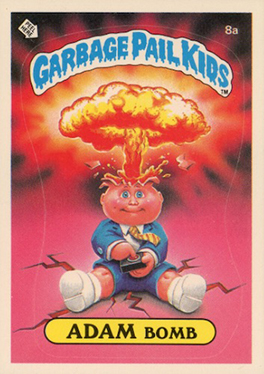
How It Started:
Created by Topps as a direct, grotesque parody of Cabbage Patch Kids, these sticker trading cards were gross, hilarious, and subversively perfect for elementary school kids.
Cultural Explosion:
Kids traded them in lunchrooms. Series were numbered, encouraging collecting. Names like “Adam Bomb” and “Leaky Lindsay” mixed puns with bodily fluids.
Media Takeover:
There were animated TV shows, toys, comics, and even a legendarily bad live-action movie in 1987.
Why They Faded:
Parents hated them. Teachers banned them. Lawsuits from Cabbage Patch’s parent company forced Topps to pull back. By 1988, the brand slowed—but never truly disappeared.
8. 🎮 Atari & the Video Game Crash (1977–1983)
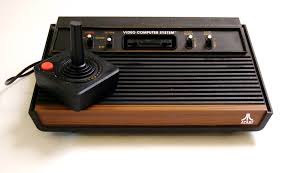
How It Started:
Atari launched its 2600 home console in 1977, bringing arcade favorites like Asteroids, Space Invaders, and Pac-Man into the living room.
Cultural Impact:
By 1982, Atari was synonymous with gaming. The console was everywhere—from bedrooms to TV ads to Saturday morning cartoons.
Why It Crashed:
Too many consoles (Atari, ColecoVision, Intellivision), too many low-quality games (E.T., anyone?), and not enough innovation led to a market implosion in 1983.
The Fallout:
Retailers pulled out. Game developers collapsed. The industry went dark—until Nintendo showed up in 1985 with the NES and a plumber who saved the day.
9. ⌚ Swatch Watches (1983–1990)
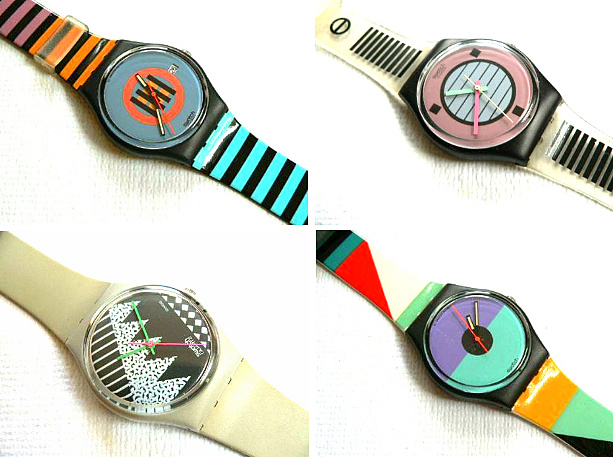
How It Started:
Launched in 1983 by the Swiss company Swatch as a colorful, youthful alternative to stuffy traditional watches.
Cultural Status Symbol:
Swatches weren’t just watches—they were wearable art. They came in every color, pattern, and style imaginable. Keith Haring designed some. People wore two, three, even four at once.
The Hype:
TV commercials, magazine ads, and Swatch-only boutiques drove demand. Owning one wasn’t enough. You had to collect them.
Why They Faded:
Trends shifted to digital watches and luxury brands. Wearing multiple watches suddenly seemed, well, kinda desperate. But Swatch has stuck around—now mostly for collectors and hipsters.
10. 🎤 Breakdancing & Boombox Battles (1981–1986)
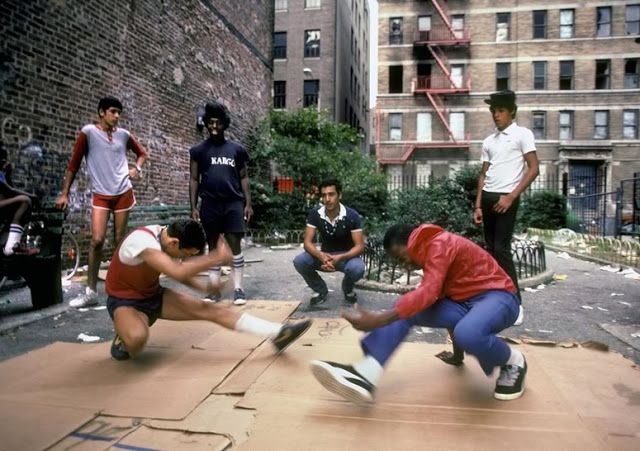
How It Started:
Emerging from the Bronx in the late 70s as part of hip-hop culture, breakdancing hit the mainstream with films like Breakin’ (1984) and Beat Street (1984).
Cultural Moment:
Kids practiced moves on cardboard. Boomboxes blasted Planet Rock and Run-D.M.C. Crews battled for respect in streets and rec centers.
More Than Dance:
It was athletic, acrobatic, and expressive. Boomboxes became status symbols—how loud it went mattered as much as the music.
Why It Faded:
As hip-hop evolved, so did dance trends. Breakdancing was commercialized fast and lost its raw edge—replaced by moves like the Running Man and Hammer Dance. But it never truly died; it just moved underground… until TikTok brought it back again.
💬 Final Thoughts:
Gen X fads weren’t just fleeting trends—they were full-blown movements. They came with their own look, soundtrack, slang, and sometimes injuries. We might laugh now, but when you wore five Swatches or mastered the Moonwalk on cardboard, you were living the dream.
Which fad shaped your youth the most? Drop your favs in the comments, and let’s get nostalgic like it’s 1984.
